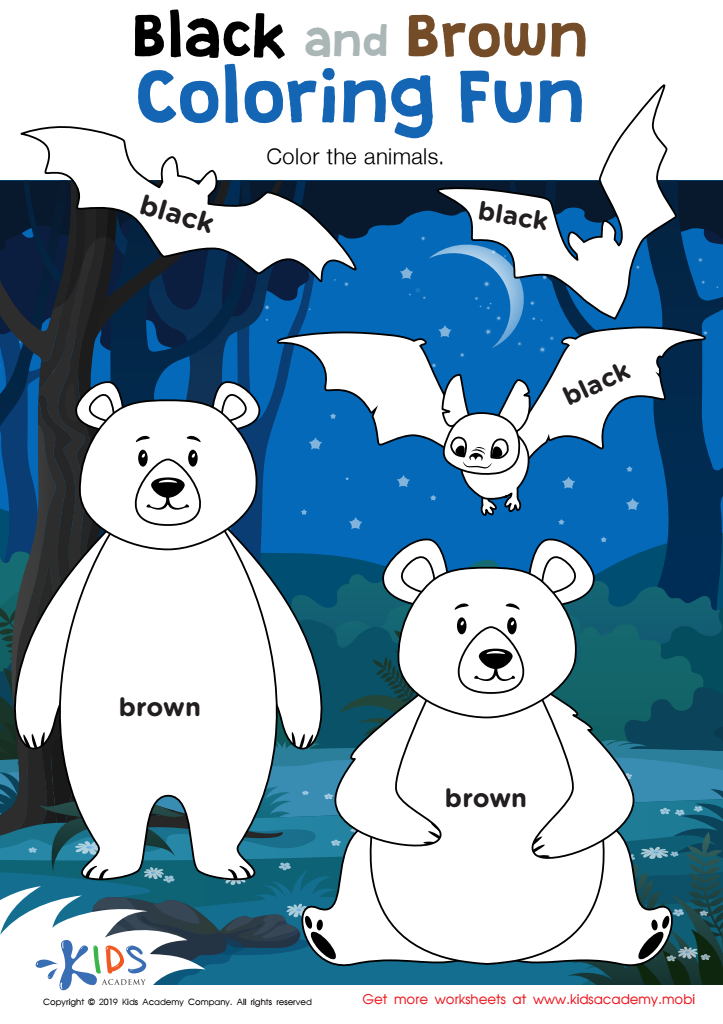Color Words Worksheets for Ages 3-7
14 filtered results
-
From - To
Discover engaging Color Words Worksheets designed for children aged 3-7! These fun, interactive resources help young learners master color vocabulary while promoting early literacy skills. Our worksheets feature a variety of activities, including color matching, word recognition, and creative drawing prompts, making learning exciting and effective. Perfect for preschoolers and early elementary students, these printable resources support ESL learners in building confidence with color names in English. Foster your child’s creativity and comprehension with our carefully crafted exercises that make learning vibrant and enjoyable. Download your colorful worksheets today and spark your child's love for learning about colors!


Red and Blue Coloring Fun Worksheet


Yellow and Green Coloring Fun Worksheet


Yellow Tracing Color Words Worksheet


Black and Brown Coloring Fun Worksheet


Pink Tracing Color Words Worksheet


Red Tracing Color Words Printable


Colors: Assessment 2 Worksheet


Purple and Orange Coloring Fun Worksheet


Colors: Assessment 1 Worksheet


Green Tracing Color Words Worksheet


Purple Tracing Color Words Worksheet


Blue Tracing Color Words Printable


Brown Tracing Color Words Worksheet


Black Tracing Color Words Printable
Color words play a crucial role in early childhood education, particularly for children aged 3 to 7. At this developmental stage, children are eager to explore and understand their world, and color words provide an essential linguistic tool for this exploration. Recognizing and naming colors enhances a child's vocabulary and linguistic skills, forming a foundation for more complex language and literacy development.
Moreover, teaching color words encourages cognitive and observational skills. When children learn to identify colors, they also learn to categorize, compare, and distinguish between objects, which fosters critical thinking. This foundation supports a range of learning areas, from art to science, as children use colors to express emotions, preferences, and ideas.
Additionally, color recognition has practical everyday applications, helping children navigate their environment—whether that’s selecting clothing, understanding stoplights, or participating in art activities. Engaging parents and teachers in activities that incorporate color words also promotes bonding through learning, enriching the child's experience.
Ultimately, caring about color words nurtures a child's cognitive, linguistic, and social growth, equipping them with the fundamental skills they need to communicate effectively and interact confidently with their surroundings. Building this foundation enhances children's readiness for more advanced academic challenges ahead.
 Assign to My Students
Assign to My Students










